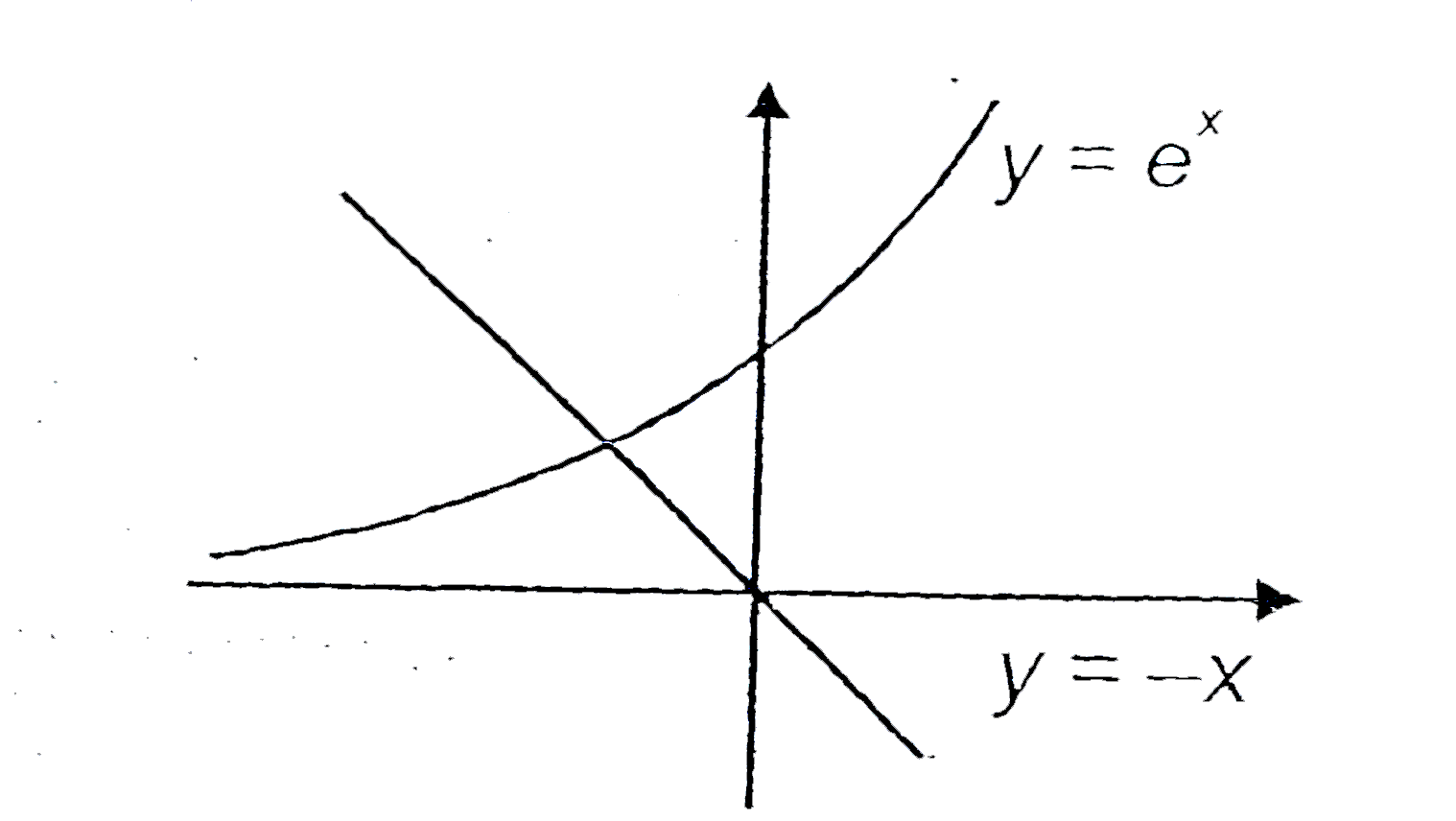ifA={(x,y):x2+y2≤1,x,y∈R]and
B={(x,y):x2+y2≤x2+y2≤4,x,y∈R]then
A−B=A
B−A=B
A−B=ϕ
B−A=ϕ
To solve the problem, we need to analyze the sets A and B defined by the conditions given in the question.
Step 1: Define the Sets
Set A is defined as:
A={(x,y):x2+y2≤1,x,y∈R}
This represents all the points (x, y) that lie inside or on the boundary of a circle with radius 1 centered at the origin (0, 0).
Set B is defined as:
B={(x,y):x2+y2≤4,x,y∈R}
This represents all the points (x, y) that lie inside or on the boundary of a circle with radius 2 centered at the origin (0, 0).
Step 2: Visualize the Sets
- Set A is a circle with radius 1.
- Set B is a larger circle with radius 2.
Step 3: Determine the Relationship Between Sets A and B
Since the radius of circle A (1) is less than the radius of circle B (2), all points in set A are also in set B. Thus, we can conclude:
A⊆B
Step 4: Calculate A - B
The set difference A−B represents the elements in A that are not in B. Since all elements of A are contained within B:
A−B=∅
This means there are no elements in A that are not in B.
Step 5: Calculate B - A
The set difference B−A represents the elements in B that are not in A. Since B contains all points within the larger circle (radius 2) and A contains points only within the smaller circle (radius 1), the points in B that are outside A will be:
B−A={(x,y):1<x2+y2≤4}
This represents the annular region (ring) between the circles of radius 1 and radius 2.
Conclusion
Thus, we have:
- A−B=∅
- B−A={(x,y):1<x2+y2≤4}
Set A is defined as:
A={(x,y):x2+y2≤1,x,y∈R}
This represents all the points (x, y) that lie inside or on the boundary of a circle with radius 1 centered at the origin (0, 0).
B={(x,y):x2+y2≤4,x,y∈R}
This represents all the points (x, y) that lie inside or on the boundary of a circle with radius 2 centered at the origin (0, 0).
- Set A is a circle with radius 1.
- Set B is a larger circle with radius 2.
Since the radius of circle A (1) is less than the radius of circle B (2), all points in set A are also in set B. Thus, we can conclude:
A⊆B
The set difference A−B represents the elements in A that are not in B. Since all elements of A are contained within B:
A−B=∅
This means there are no elements in A that are not in B.
The set difference B−A represents the elements in B that are not in A. Since B contains all points within the larger circle (radius 2) and A contains points only within the smaller circle (radius 1), the points in B that are outside A will be:
B−A={(x,y):1<x2+y2≤4}
This represents the annular region (ring) between the circles of radius 1 and radius 2.
Thus, we have:
- A−B=∅
- B−A={(x,y):1<x2+y2≤4}
Topper's Solved these Questions
- SETSBOOK - OBJECTIVE RD SHARMA ENGLISHCHAPTER - SETSEXERCISE - Exercise
45 Videos
- SETSBOOK - OBJECTIVE RD SHARMA ENGLISHCHAPTER - SETSEXERCISE - Chapter Test
30 Videos
- SETSBOOK - OBJECTIVE RD SHARMA ENGLISHCHAPTER - SETSEXERCISE - Chapter Test
30 Videos
- SEQUENCES AND SERIESBOOK - OBJECTIVE RD SHARMA ENGLISHCHAPTER - SEQUENCES AND SERIESEXERCISE - Chapter Test
59 Videos
- STRAIGHT LINESBOOK - OBJECTIVE RD SHARMA ENGLISHCHAPTER - STRAIGHT LINESEXERCISE - Chapter Test
34 Videos
Similar Questions
Knowledge Check
If R={(x,y),x,y,∈W,x2+y2≤4 then domain of R is
A{0,1,2,3}B{0,1,2}C{0,1}D{0,2,3}
ifA={(x,y):y=4x,x≠0}and
B={(x,y):x2+y2=8,x,y∈R},then
View SolutionIn some question of sets, we have to make the use of graphs
For example
A={(x,y):y=ex,x∈R}
B={{x,y}:y=−x.x∈R}
Find n(A∩B)

It is clear that y=exandy=−x intersect at one pont. Hence n(A∩B)=1
A={(x,y):x2+y2≤2,x,y∈R}
B={{x,y):y≥x2,x,y∈R}
View SolutionLet P={(x,y)∣x2+y2=1,x,y∈R}. Then, R, is
View Solutionx−2y≤4
View SolutionDraw a rough sketch of the region {(x,y):y2≤6 a x and x2+y2≤16a2}. Also, find the area of the region sketched using method of integration.
View SolutionFind the area of the region {(x,y):x2+y2≤1≤x+y}
View Solutionx−y≤2
View Solution